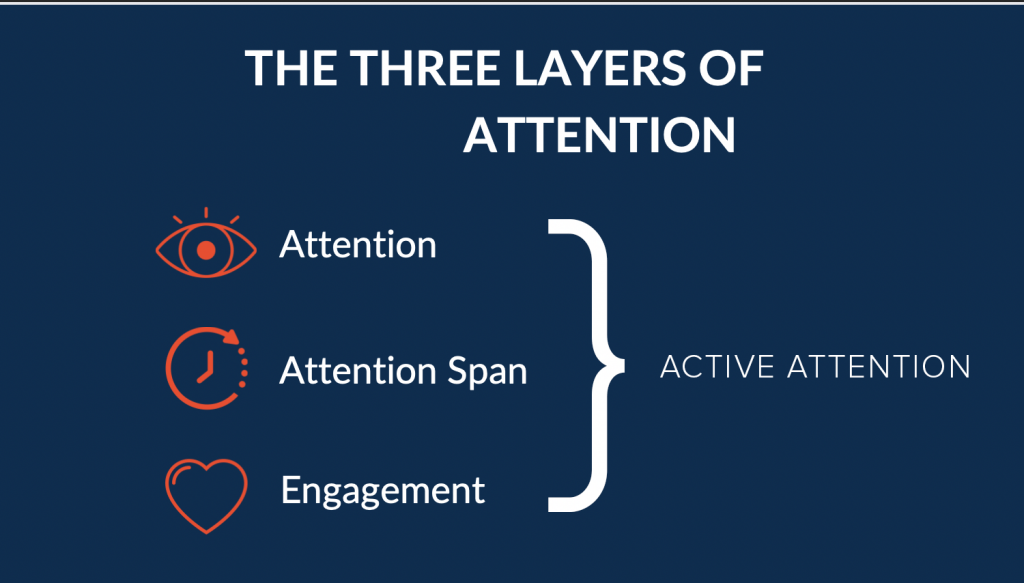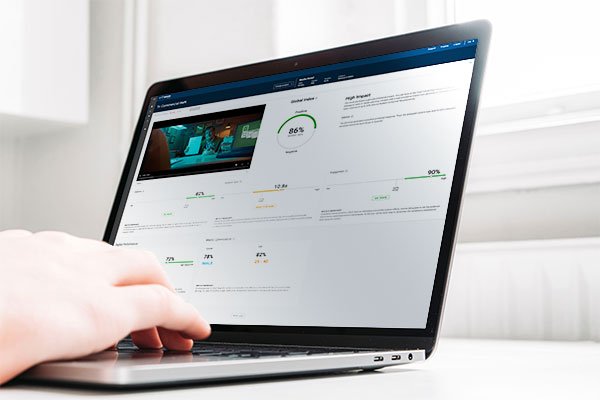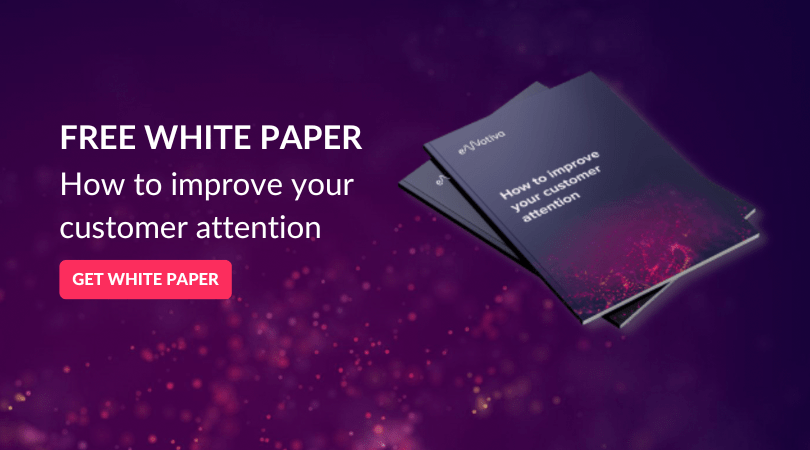From Nudging to Emotions: Improving your Campaigns
Push vs. pull has been a long-standing marketing concept. Today, marketing teams focus on how to raise awareness and ultimately nudge their intended targets to take an action using psychology-based techniques in their advertising campaigns.
This blog post looks at the foundations of nudging a customer and ultimately encouraging them to perform an action, examples of psychological tricks, how to build this into the ad campaign creation process, and how to ultimately measure the effectiveness of these techniques.
Key points:
- You can use several psychological tricks to encourage your audience
- You can nudge your audience using emotions
- Infusing emotions into your campaign process is possible
Psychology-based marketing techniques exist everywhere
You might have encountered some persuasive techniques during your own buying journey. You visit an ecommerce store, add something to the cart but get distracted with something else. Some time later, you might get a reminder email to join the 56 others (social proof) who have made that same purchase to convince you it’s worth it. Or you log into a platform and notice that there’s only three days left to renew your subscription before new prices come into effect (loss aversion).
Other psychological tricks used in ads, according to Psych Central:
- Using cute animals
- Infusing humor
- Preying on fear
- Creating excitement
- Tugging on the heartstrings
As a marketer, we might use a few techniques to help make marketing campaigns successful and sometimes all it takes is looking outside of a buyer’s journey to be inspired. Effectiviology presents a few other examples below:
- Receiving dental check-up reminders to increase appointments
- Being prompted to reduce electricity usage based on your neighbor’s usage data
- Automatically opting in people as organ donors to increase participation
The old way of nudging a customer to perform an action
This CXL article per Thaler and Sunstein defines a nudge as “… any aspect of the choice architecture that alters people’s behavior in a predictable way without forbidding any options or significantly changing their economic incentives. To count as a mere nudge, the intervention must be easy and cheap to avoid.”
We nudge customers to perform several actions:
- Clicking on an ad link to learn more about a product
- Subscribing to a newsletter
- Downloading a white paper
- Signing up for a webinar
- Submitting a demo request
But the best way to encourage a customer to perform an action is to reach them in their subconscious through emotions.
Using the power of emotions for improving campaigns
NeN Energia, an Italian energy supplier, was on a quest to understand the emotional impact of their advertising campaigns. NeN was in the early stages of entering a commoditized market and wanted to position itself as a loved and respected brand.
The NeN team produced four commercial videos and kicked off a market research analysis to measure the emotional response to each, with the ultimate goal being to picture NeN as a positive solution for a desperate problem. The winning video invoked several emotions as you can see in the graph below:

Interestingly enough, as the viewer watches the story unfolding, the graph correctly matches the emotions. For example, in the first few seconds of the video, the problem is immediately presented, and negative emotions such as sadness and fear start to top the chart. The story then gets to a point where the audience begins to understand the context of the problem and identifies with the actor.
Deeper analysis shows a compound emotion (despair) which combines sadness and fear, demonstrating that the audience’s response is heading in the right path towards the campaign’s original goal. Read the full NeN case study to get more in-depth results.
NeN ended up broadcasting the winning video and reaped the benefits of increasing their customer base by 50% and doubling their brand awareness nationwide.
>>YOU MIGHT ALSO LIKE: How Emotion Could Drive Your Campaigns to Succeed
How to infuse emotions into the campaign creation process
You likely already know the entire step-by-step process for creating a campaign, which at high level, usually involves identifying:
- The type of campaign you’ll need based on the company goals you are trying to achieve
- The theme depending on the audience and their pain points
- The creative assets you’ll need
- The distribution channels through which you will deliver the campaign
As you create your campaign, keep in mind these tips to infuse emotions:
- Think about the audience you are trying to reach and what might appeal to them
- Consider the creative you are using; you only have three seconds to capture someone’s attention before they move on so understanding attention economy matters
- Identify how you will measure campaign effectiveness based on emotions; NeN used attention and emotional response metrics to analyze their campaign
Tracking success of psychological techniques in marketing
 Three metrics will help you track success:
Three metrics will help you track success:
- Attention: the exact moment you capture an audience member
- Attention span: the duration of holding that audience member’s attention
- Engagement: measures how emotionally activated the audience is, highlighting the most powerful moments
The great news is that it is possible to track and report these three metrics and a range of emotions using Emotion Artificial Intelligence or AI tools. EmPower, a platform for measuring attention and emotional response is helpful for quickly identifying the most compelling content. See how it works in less than 30 minutes.
SEE HOW IT WORKS



































